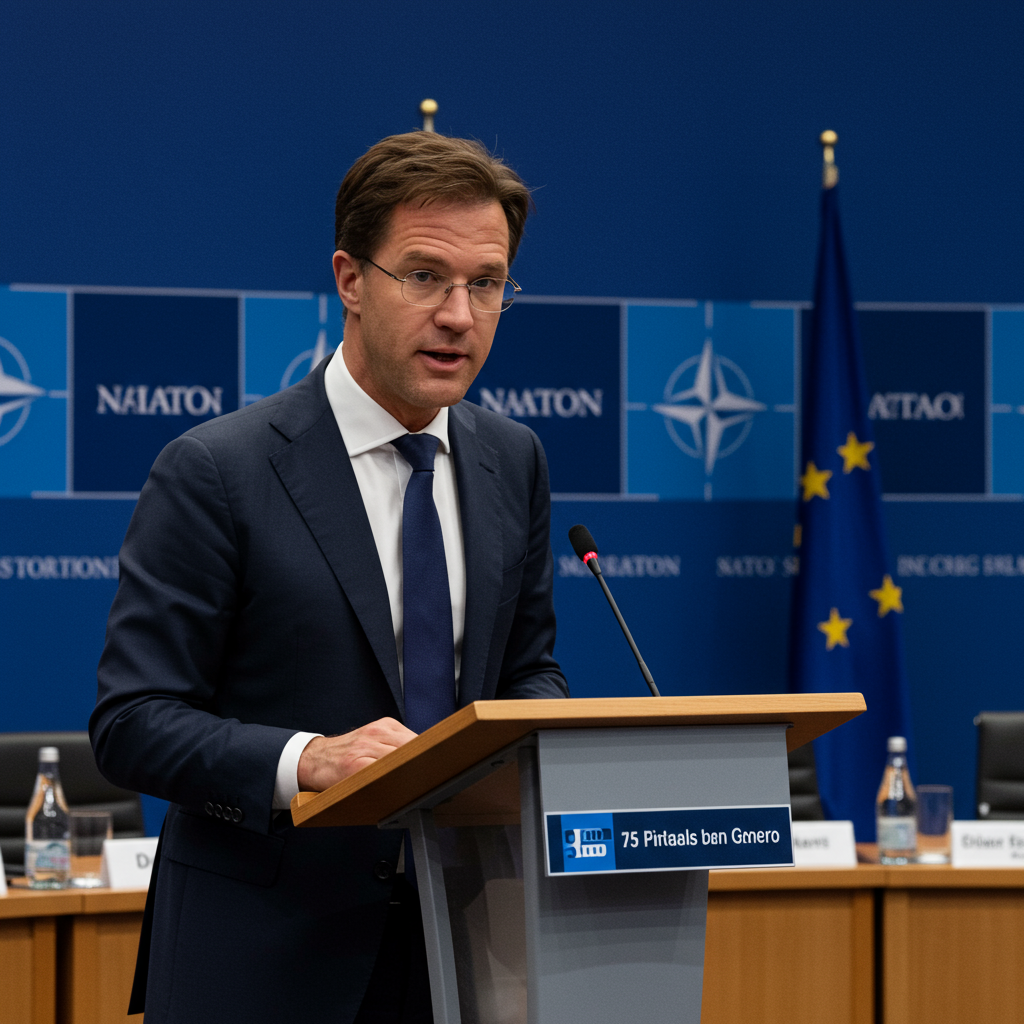The United Kingdom is set to significantly bolster its defence capabilities by purchasing at least a dozen new US-made F-35A fighter jets. This strategic acquisition marks a major shift in the UK’s nuclear posture, reintroducing an airborne component to its deterrent for the first time in a quarter of a century and formally integrating Britain into a critical NATO nuclear mission.
Prime Minister Keir Starmer announced plans to acquire the Lockheed Martin Corp. F-35A stealth fighters ahead of a NATO summit in The Hague. This move comes amidst rising geopolitical tensions and is seen as a dual-purpose decision: strengthening national security and potentially hedging against a potential reduction in US security support under a future administration, while also reinforcing ties with key allies.
A Return to Airborne Nuclear Capability
For the past 25 years, the UK’s strategic nuclear deterrence has relied solely on its continuous at-sea deployment of nuclear-armed submarines (the Trident system). The decision to purchase the nuclear-capable F-35A aircraft will re-establish an air-delivered nuclear capability for the Royal Air Force (RAF), a role it phased out in the 1990s following the end of the Cold War era and the retirement of its air-dropped atomic weapons.
This acquisition is described by the government as the “biggest strengthening of the UK’s nuclear posture in a generation.” The F-35A variant, a conventional take-off and landing jet, is specifically designed to be interoperable with the US B61-12 gravity bombs, which are central to NATO’s air-delivered nuclear arsenal. These new aircraft are expected to be based at RAF Marham, operating alongside the UK’s existing fleet of F-35B short take-off and vertical landing jets.
Joining NATO’s Nuclear Fold
A key component of this decision is the UK’s intention to formally join NATO’s Dual Capable Aircraft (DCA) nuclear sharing mission. Within NATO, only the US, UK, and France are nuclear powers. However, seven other alliance members participate in the DCA mission by providing aircraft capable of carrying conventional weapons or US nuclear bombs stockpiled in Europe.
By integrating its nuclear-capable F-35As into this framework, the UK adds another layer to NATO’s collective nuclear posture. The use of nuclear weapons by the UK as part of this shared mission would require joint authorization from the alliance’s nuclear planning group, the US president, and the British prime minister, reinforcing the collective nature of NATO’s deterrence. NATO Secretary General Mark Rutte has reportedly welcomed the announcement, calling it a “robust British contribution.”
Strategic Rationale and Geopolitical Context
The move is justified as necessary to strengthen the UK’s deterrence posture in an era of “radical uncertainty” and a “deteriorating global security environment,” particularly referencing threats from rivals like Russia. While the UK remains committed to global nuclear disarmament, ministers argue that maintaining credible deterrence is paramount.
The decision is also framed within the context of UK-US relations and the broader landscape of transatlantic security. While enhancing independent defence capabilities, it simultaneously aligns with a “NATO first” approach championed by figures like Defence Secretary John Healey. This investment signals the UK’s commitment to burden-sharing within the alliance and serves as a potential hedge against concerns about the future direction of US foreign policy.
Economic and Training Benefits
Beyond the strategic implications, the purchase of the F-35As is also presented as an economic boost. Opting for the F-35A for this tranche of aircraft, rather than additional F-35Bs, is anticipated to offer cost savings of up to 25% per jet. This is highlighted as a “defence dividend” that supports British industry. Numerous UK companies, including BAE Systems and Rolls-Royce, are already integral parts of the global F-35 supply chain, and this new order is expected to sustain thousands of skilled jobs domestically.
Furthermore, the initial operational plan indicates these 12 F-35As may primarily support training roles at the 207 Squadron Operational Conversion Unit (OCU). Their increased fuel capacity and potentially lower maintenance requirements compared to the F-35B offer benefits for pilot training, helping to accelerate pilot readiness for front-line squadrons and potentially improving the availability of the carrier-based F-35Bs.
This investment in air-delivered nuclear capability is part of the UK’s broader defence strategy, complementing ongoing investments in the Dreadnought-class ballistic missile submarines and the sovereign warhead programme. It also aligns with the UK’s commitment to increase overall security spending towards a target of 5 percent of GDP by 2035.
The acquisition of these nuclear-capable F-35A jets represents a significant and multifaceted decision for the UK, impacting its national defence, its role within NATO, and its strategic standing on the global stage.


